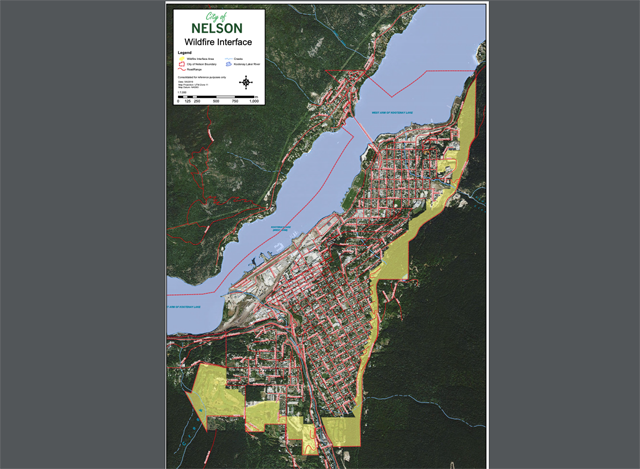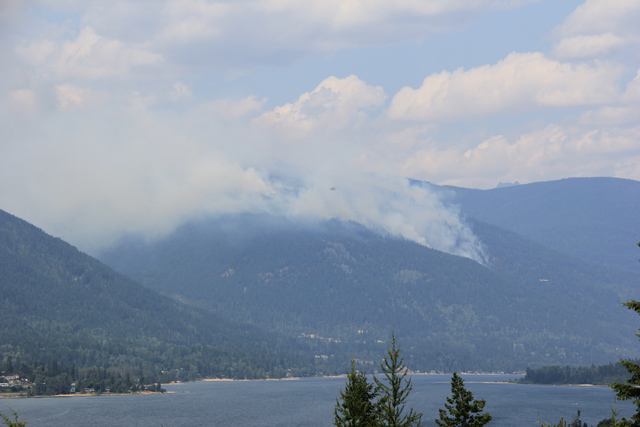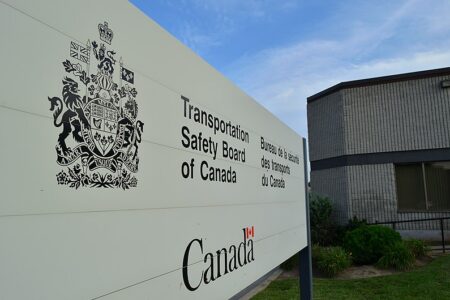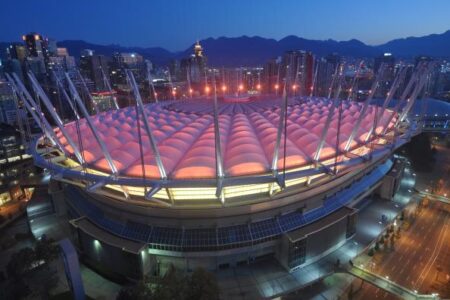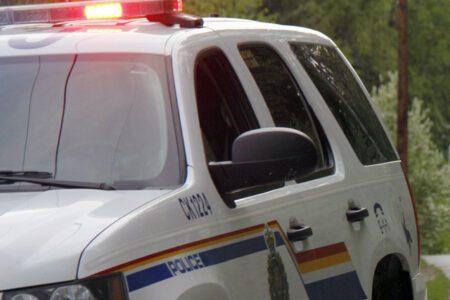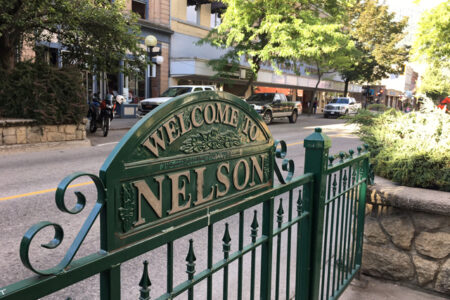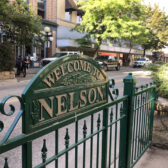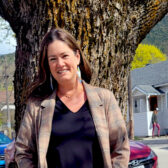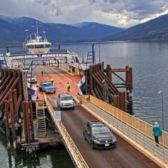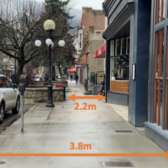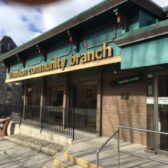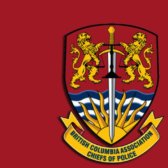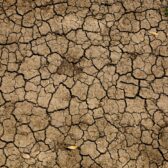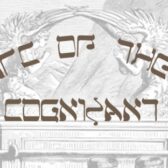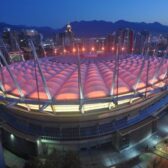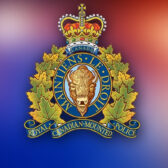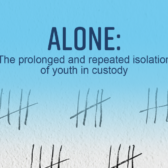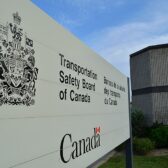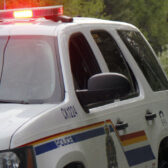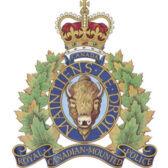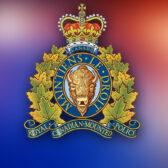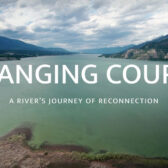City updates Land Use Regulations to increase resiliency to potential wildfires
New plantings and building materials have been restricted in the new regulations passed to move the city closer to becoming more resistant to wildfires.
People across the city will no longer be able to plant highly combustible coniferous evergreen trees and bushes within close proximity of their homes as council passed changes last week to its bylaws to improve the city’s resiliency to the effect of wildfire.
The previous hot, dry summers have increased the threat of a wildfire at and within the city’s borders, with the city’s fire department investigating what could be done to help improve the city’s odds of avoiding a wildfire disaster.
“Given its proximity to heavily forested areas, Nelson faces a serious threat from the possibility of wildfires themselves, as well as ember showers from wildfires in the area,” noted a city staff report to council.
The bylaw changes have incorporated regulations derived from the best practices of FireSmart BC — a program that encourages residents to take the steps necessary to protect their property from wildfire through the adoption of FireSmart techniques.
Becoming a resilient community to wildfires is a shared responsibility between the city and residents, said Mayor John Dooley in a press release.
“We need our community to step forward and take the necessary steps to improve their property through FireSmart principles,” he said. “This saves homes and will reduce the impact to the community in the event of a wildfire impacting Nelson.”
In order to address the threat of ember showers, a city-wide planting restriction has been instituted to prohibit highly combustible new vegetation within 1.5 metres (five feet) of homes and structures.
“While an interface fire is a concern, the most likely scenario for Nelson will not be direct flames but an ember shower from a nearby fire,” noted a city staff report to council. “Wildfire embers can travel as far as two kilometres, therefore the entire community is at risk, not just the homes adjacent to the forested lands.”
The city-wide planting restriction prohibits highly combustible coniferous evergreen trees and bushes from being located near homes and structures for new landscaping — existing landscaping may remain.
“However, highly combustible plantings, specifically junipers and cedar trees, have been a favorite planting within the city,” the report noted. “The regulation cannot be applied retroactively, leaving the community somewhat vulnerable in the event of an ember shower.”
Although a penalty will be added to enforce the restriction, the Nelson Fire and Rescue Services are expected to use bylaw complaints as an opportunity to educate and inform the public about more appropriate fire-resistant plantings.
The land near the outskirts of the city has been designated a “natural environment and hazardous lands” development permit area — as a wildfire interface zone — since it abuts forested lands and now carries three major requirements.
Landscaping is the first consideration, with the city now requiring two priority zones around buildings: zone 1a which is a non-combustible surface around the principal building, dwelling, structures and any attachments (decks); and zone 1b which consists of fire-resistant plants and materials, as well as required maintenance for existing trees and vegetation.
Building materials are also expected to receive more consideration in the bylaw, with specific requirements relating to roofing materials and exterior wall finishes as well as adding new requirements for windows, chimneys, decks, eaves and vents.
In addition, the city will now require that a covenant be registered on title ensuring that property owners maintain their properties in accordance with the development permit requirements.
However, most of the development in the interface zone has already taken place and the regulations are only triggered by new development.
“Anecdotally, staff have heard that many of the residents in the wildfire interface have already had a FireSmart assessment, or are aware of the information from the programs and have made efforts to implement the recommendations,” noted the staff report.
Additional information on the new regulations can be found at nelson.ca/wildfire. A map of the wildfire interface is also available at www.nelson.ca/wildfire.
FireSmart Assessment
For those who might be concerned about the potential risk their property may contain when it comes to wildfires, Nelson Fire and Rescue Services offers free FireSmart assessments and risk evaluation of the exterior of homes and property.
People can contact Nelson Fire and Rescue to arrange a FireSmart home/property assessment at (250) 352-3103.
Becoming FireSmart in Nelson
The city has made several moves over the years to become more FireSmart, including:
- implementing new regulations for properties located in the “wildfire interface” zone;
- implementing a city-wide planting regulation, which requires new plantings to be done in a way that reduces the likelihood that such plantings spread fire to nearby buildings and structures;
- since 2007, the FireSmart property assessment program has been available for all residential properties in the city; and
- developing a planting plan that will adhere to FireSmart principles by removing identified vegetation within 1.5 metres of city-owned buildings and structures. Other new plantings around city buildings and structures will also be FireSmart.
— Source: City of Nelson
